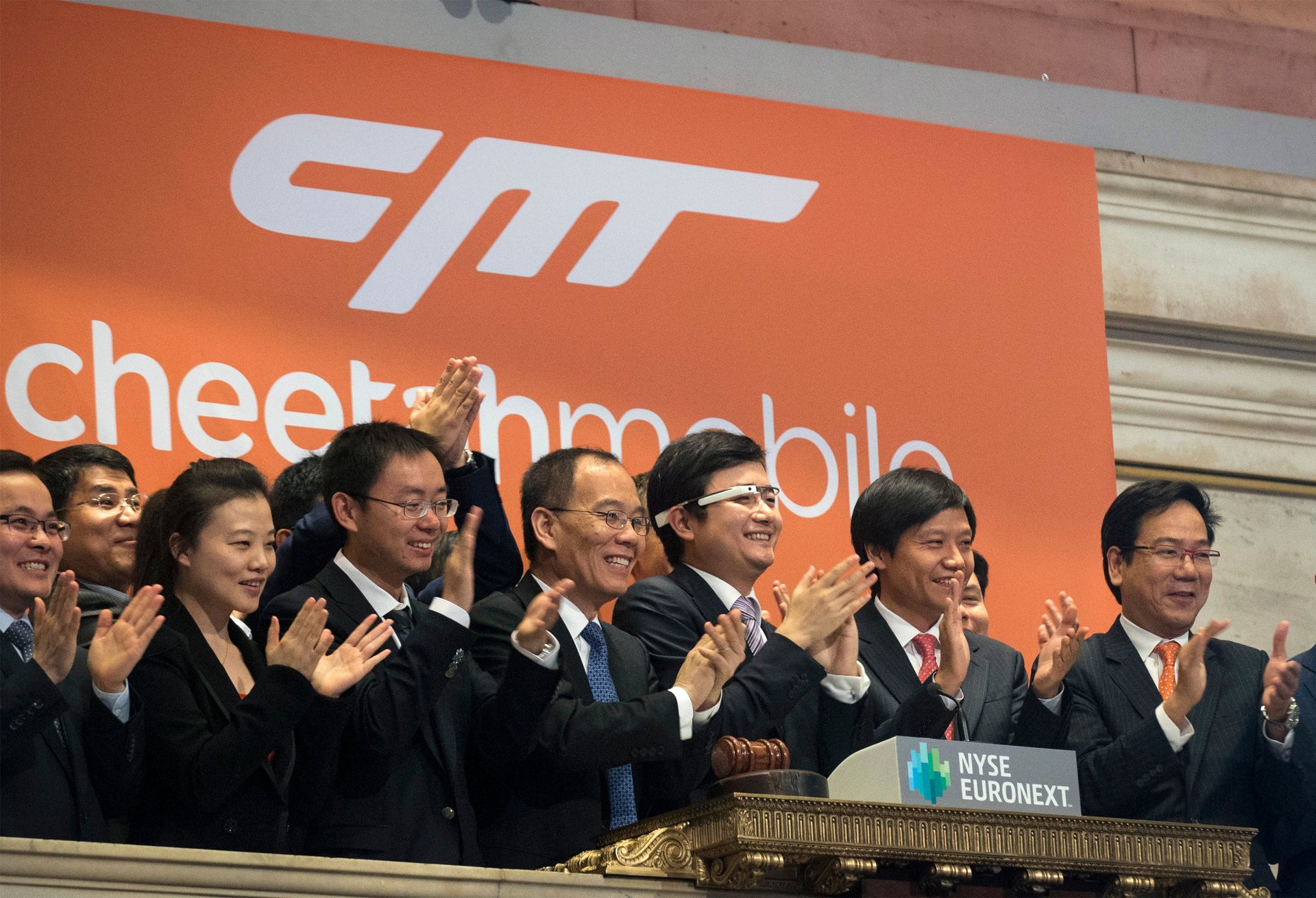The SEC is closing a common loophole for corporate executives selling company stock
The move comes as federal regulators look to aggressively target insider trading

New financial disclosure requirements enforced by the Securities and Exchange Commission (SEC) will go into effect on April 1, 2023 for most companies, removing a common loophole used by corporate executives to sell company stock.
Suggested Reading
The regulation will reverse an SEC rule passed in 2002 that gave insiders the flexibility to trade stock they hold in their own companies, a form of insider trading.
Related Content
The 2002 regulation created a loophole where executives or directors in a company were protected from charges of illegally trading on insider information if they developed a preset trading plan (known as a 10b5-1 plan) outlining their planned transactions before they received privileged information.
Those preset trading plans are filed as an SEC form 144. Most of these are kept in an analog database in the SEC office in Washington, D.C., a system that has led to little oversight and allowed executives to deviate from their plans, incorporating insider information into their trades. For example, executives could routinely sell shares as soon as a day after adopting their preset plans.
The new SEC regulation requires insiders to wait at least 90 days after starting or modifying a preset trading plan before they can trade any of the reported stocks. Companies will also have to disclose the details of 10b5-1 plans filed by their executives in quarterly and annual reports.
The most common form of insider trading
A Wall Street Journal analysis of trading disclosures by insiders (defined as company executives, directors, or large shareholders) found that deviating from preset trading plans accounted for at least 60% of insider trades in recent years.
Additionally, a study by Wharton Business School at the University of Pennsylvania found that 38% of all preset trading plans adopted in a fiscal quarter make trades before that quarter’s earnings announcement, suggesting that insiders are not following the spirit of the 10b5-1 rule.
The SEC warned, however, that the new rule might not fully close the loophole. Regulators said they were concerned that some insiders might time market-moving disclosures so that they would benefit from their prescheduled trading fates.
Quotable
These issues speak to the confidence that investors have in the markets. Anytime we can increase investor confidence in the markets, that’s a good thing. It helps investors decide where to put their money. It lowers the cost of capital for businesses seeking to raise capital, grow, and innovate, and thus facilitates capital formation.
–SEC Chair Gary Gensler, after proposing the new financial disclosure requirements
How big of a problem is insider trading?
An international study found that insider trading occurs in one in five corporate merger and acquisition events, and one in 20 quarterly earnings announcements, demonstrating how little criminal laws preventing insider trading are enforced.
For instance, in the 2022 fiscal year, the SEC brought 43 insider trading cases against 93 individuals, a small fraction of the year’s financial transactions. The alleged profits of those cases ranged from $4,995 all the way to $49 million.
The SEC only prosecuted one violation of 10b5-1 preset trading plan regulations in 2022. In September of that year, the SEC alleged that two executives from Cheetah Mobile were aware of negative information about their company before filing a preset trading plan, and sold their shares directly before the negative information caused the stock to drop.
